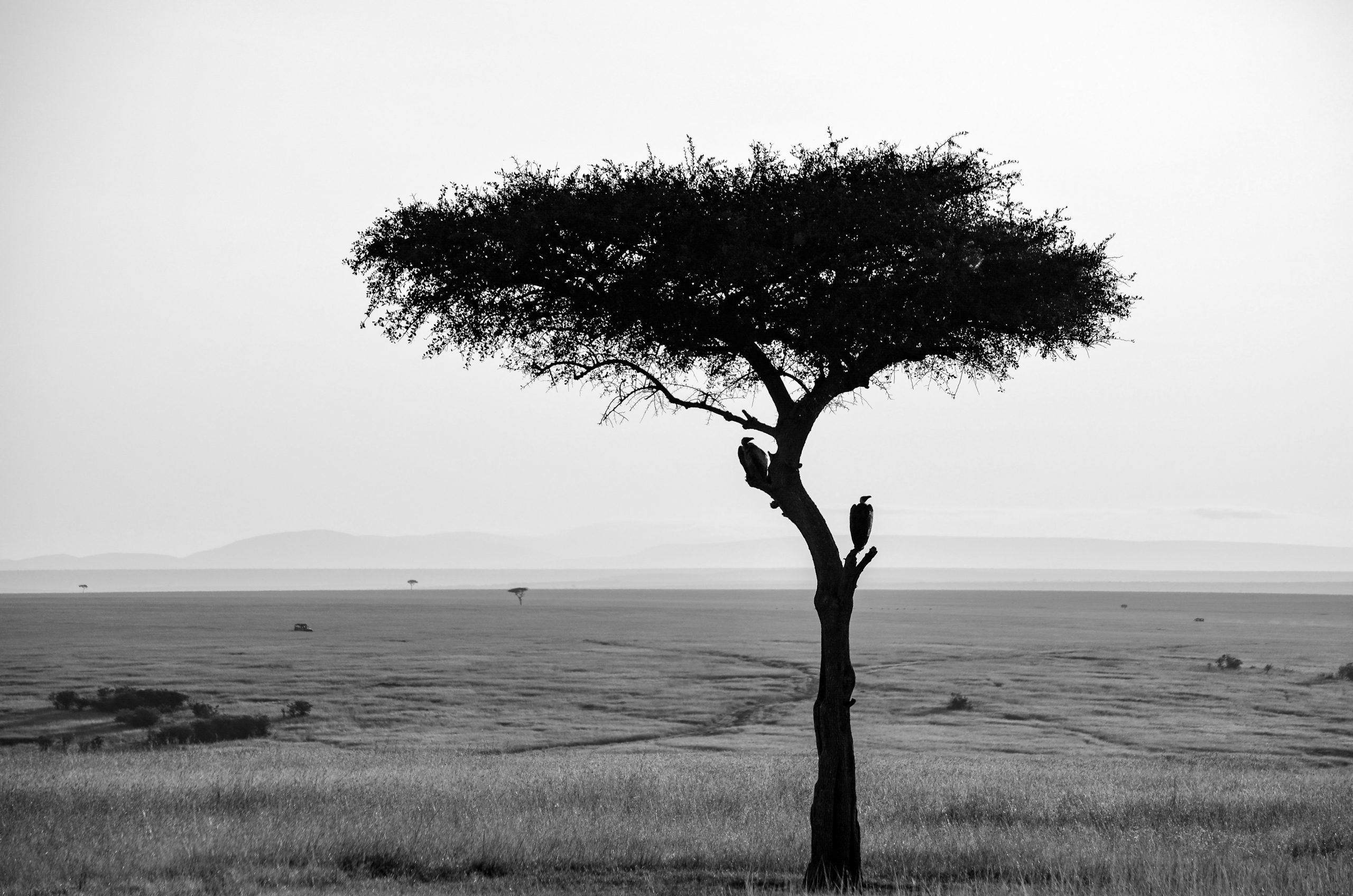While President Trump has been preparing to rock the global trading system with aggressive moves to impose tariffs on Chinese imports, African leaders have been moving in a very different direction
In February, under the auspices of the African Union (AU), 44 of the continent’s 55 nations took a high-profile step towards integration by backing the African Continental Free Trade Area (AfCFTA) to create a single market in goods and services. The accord now needs ratification by 22 governments to become effective, which will then be followed with years, if not decades, of haggling over efforts to eliminate tariffs, remove regulatory obstacles, and agree investment, intellectual property and competition regimes.
With the continent’s two powerhouses, South Africa and Nigeria, lukewarm about the AU plan, which they fear will impede industrialisation, there is plenty of work to be done to turn the blueprint into a reality. But, eventually, the AfCFTA could become a bigger trade bloc than the EU’s Single Market or the Trans-Pacific Partnership.
The February agreement builds on decades of attempt to boost intra-African trade that were first clearly articulated in a 1991 declaration to construct an African Economic Community. Those steps have included efforts to create a common aviation market, which also took a lurch forward this year with 23 states signing an accord on a decision that was first taken in 1999.
In addition to Africa’s nation states, the building blocks of continental integration are the Regional Economic Communities (RECs), which involve some overlapping membership. The Common Market for Eastern and Southern Africa (COMESA) is a traditional free trade grouping, which aims to resolve disputes, lower tariffs, create a customs union with a common external tariff, and agree shared rules to facilitate cross-border transactions.
Others are less developed, like the Intergovernmental Authority on Development, and some more integrated like the West African Economic and Monetary Union, which has a currency pegged to the Euro. Meanwhile the East African Community aspires to full political integration for Burundi, Kenya, Tanzania, Uganda, Rwanda and South Sudan — a goal that is, admittedly, a long way off because of internal strife.

























